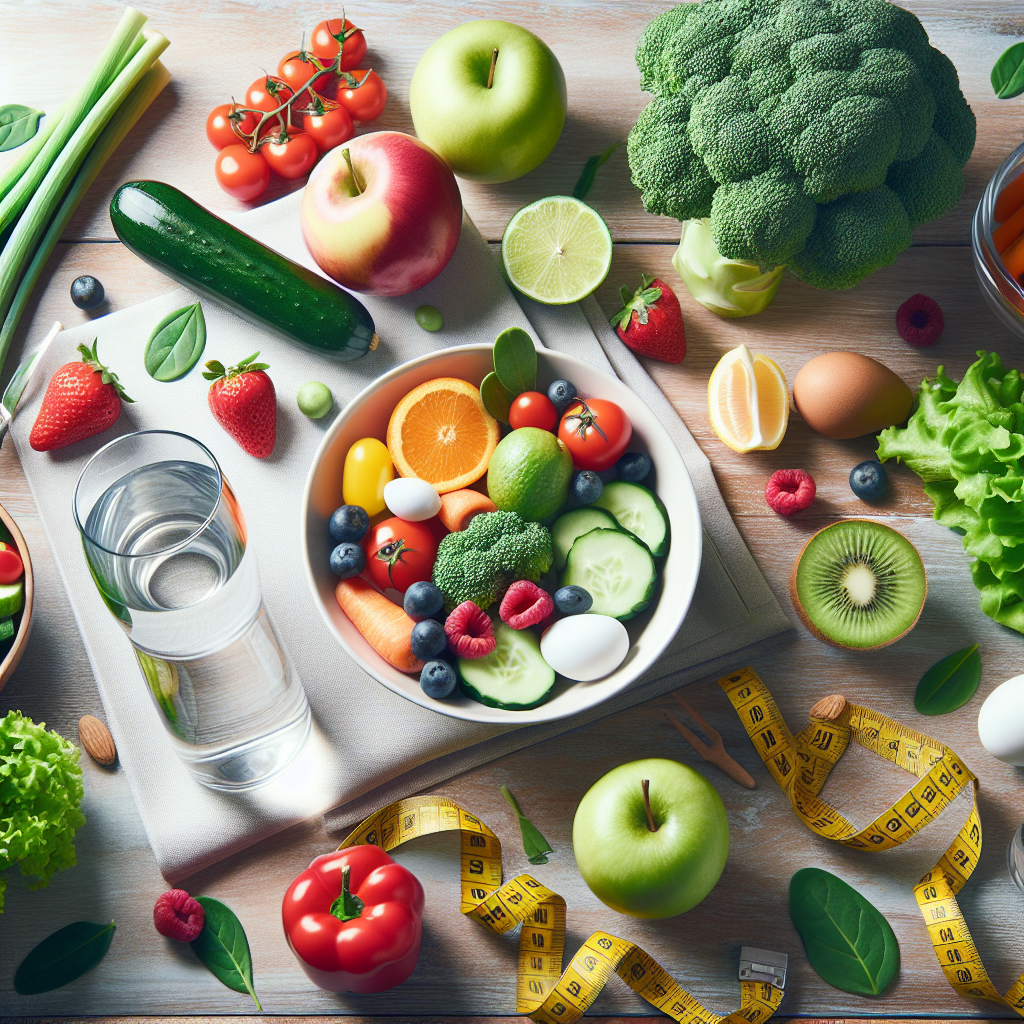Maximize Fullness: Low-Calorie Diet Strategies
Introduction
In the quest for weight management and improved health, low-calorie diets have emerged as a popular strategy. However, the common challenge faced by many individuals is the feeling of hunger that often accompanies reduced calorie intake. The key to success lies in adopting smart dietary strategies that help maximize fullness while keeping calorie consumption in check. This article delves into effective low-calorie diet strategies designed to enhance satiety, making it easier to adhere to a healthier eating plan.
Understanding Satiety and Its Importance
Satiety refers to the feeling of fullness and satisfaction that follows eating, playing a crucial role in regulating food intake. When satiety is achieved, it helps reduce the probability of overeating or snacking between meals. Understanding the factors that influence satiety can empower individuals to make informed choices that promote long-term dietary adherence and success.
Volume Over Calories: The Power of High-Volume Foods
One of the most effective strategies for maximizing fullness on a low-calorie diet is to prioritize high-volume, low-calorie foods. These foods have a high water or fiber content, which adds bulk without significantly increasing calorie intake. Examples include:
- Fruits and Vegetables: Incorporate a variety of fruits and vegetables into meals. Leafy greens, cucumbers, tomatoes, and berries are excellent options that provide essential nutrients and hydration.
- Soups and Broths: Starting a meal with a low-calorie soup or broth can help fill the stomach, reducing the total calorie intake during the meal.
- Whole Grains: Opt for whole grains like brown rice, quinoa, and oats, which offer fiber and volume, promoting satiety.
Protein: The Satiety Superhero
Protein is a macronutrient known for its satiating effects. Including adequate protein in meals can help control hunger and reduce overall calorie consumption. Here’s how to incorporate more protein into your diet:
- Lean Meats and Poultry: Choose skinless chicken, turkey, or lean cuts of beef and pork.
- Plant-Based Proteins: Include legumes, beans, lentils, tofu, and edamame for a plant-based protein boost.
- Dairy and Eggs: Greek yogurt, cottage cheese, and eggs are excellent sources of protein that can be easily incorporated into meals and snacks.
Fiber: The Secret to Prolonged Fullness
Fiber is a crucial component of a low-calorie diet that promotes fullness and aids digestion. Foods high in fiber take longer to chew and digest, leading to a prolonged feeling of fullness. To enhance fiber intake:
- Focus on Whole Foods: Choose whole fruits instead of juices, and opt for whole grains over refined options.
- Incorporate Legumes: Beans, lentils, and chickpeas are packed with fiber and can be added to salads, soups, and stews.
- Snack on Nuts and Seeds: A small handful of almonds, chia seeds, or flaxseeds can provide a fiber-rich snack.
The Role of Healthy Fats in Satiety
While fats are calorie-dense, incorporating healthy fats in moderation can aid in satiety and enhance the flavor of low-calorie meals. Healthy fats can be obtained from sources like:
- Avocados: Add slices to salads or blend into smoothies for a creamy texture.
- Nuts and Seeds: Use as toppings for yogurt, oatmeal, or salads to add crunch and healthy fats.
- Olive Oil: Drizzle over roasted vegetables or use as a dressing base for salads.
Mindful Eating: Enhancing the Eating Experience
Practicing mindful eating can significantly enhance the eating experience, leading to increased satisfaction with smaller portions. Mindful eating involves:
- Slowing Down: Chew food thoroughly and savor each bite to give the body time to register fullness.
- Eliminating Distractions: Eat without the distraction of screens or multitasking, allowing focus on the meal.
- Listening to Hunger Cues: Pay attention to the body’s hunger and fullness signals, eating when truly hungry and stopping when satisfied.
Meal Timing and Frequency: Finding the Right Balance
Finding the right meal timing and frequency can influence satiety levels and energy throughout the day. Consider these strategies:
- Regular Meal Patterns: Establish a consistent eating schedule to prevent excessive hunger and overeating.
- Balanced Meals: Include a mix of protein, healthy fats, and fiber in each meal to maintain steady energy levels.
- Snacking Wisely: Choose nutrient-dense snacks like fruits, nuts, or yogurt to bridge gaps between meals without excessive calories.
Hydration: The Forgotten Satiety Factor
Staying adequately hydrated can influence feelings of fullness and prevent mistaking thirst for hunger. To maintain proper hydration:
- Drink Water Before Meals: Consuming a glass of water before eating can help promote fullness and reduce calorie intake.
- Choose Hydrating Foods: Incorporate water-rich fruits and vegetables into meals, such as watermelon, cucumbers, and oranges.
- Limit Sugary Beverages: Opt for water, herbal teas, or infused water instead of sugary drinks that add empty calories.
Conclusion
Maximizing fullness on a low-calorie diet involves a combination of smart food choices, mindful eating practices, and strategic meal planning. By prioritizing high-volume, nutrient-dense foods and incorporating adequate protein, fiber, and healthy fats, individuals can successfully manage hunger and adhere to a low-calorie eating plan. Embracing mindful eating and staying hydrated further supports satiety, making it easier to achieve and maintain health and weight management goals. Remember, the journey to a healthier lifestyle is unique to each individual, and finding the right balance of strategies is key to long-term success.















Add comment